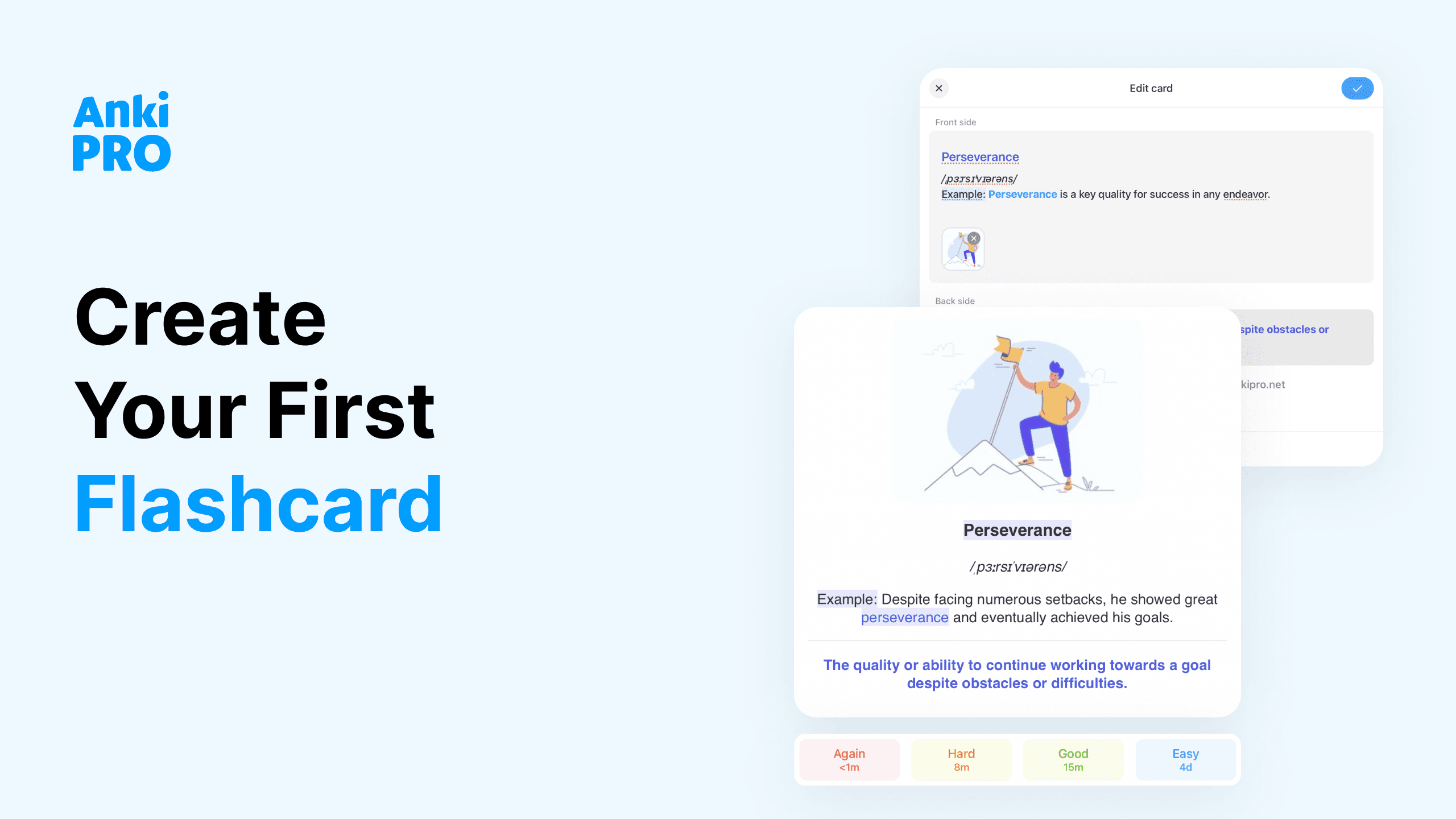The Art of Memory: How to Prepare for AP Art History Exam
AP Art history exam — for those who are creative, deep, and have an extremely good memory at the same time. Here are some tips to make the studies a bit easier, because studying art is not just visiting galleries, but requires a lot of hard work and dedication.
What Is It?
AP Art History exam is considered one of the hardest and least common ones: not many colleges require one and not many students take it. It is not always a mandatory course if you are not taking art or humanities as your main specialization, so think carefully about choosing it or not.

AP Art History is a test designed by the College Board to assess students’ understanding of the history of art across different cultures, time periods, and artistic movements. The test includes questions about art of different historical periods starting from prehistoric times and finishing with contemporary art.
Altogether the exam covers 250 works of art and has questions that check the ability of a student to identify and analyse artwork, compare different works, and understand cultural and historical contexts.
The exam is divided into two parts: multiple-choice questions and essay questions.
The part with quizzes has 80 questions. Some of them will include a picture of an artwork you need to name, and another will ask about principles or art styles.
In essay questions, you will need to discuss artistic techniques, explain how a work of art reflects its historical or cultural context, or compare two different works.
Where to Begin With Preparations?
As this exam requires a lot of memorization and understanding of complex topics, you will need to learn a lot. And the material you need to learn is so complicated that it is impossible to cram it in one or two nights.
So, the first piece of advice: start earlier!
It is hard to tell how much time exactly you need to memorize and understand all the information, but ideally, start three months ahead of your AP Art history exam.
● Plan your studies
AP Art history exam prep will require a lot of time and effort, but for sure you have other studies, responsibilities, and life to live. Plan your time wisely but leave at least one day off during the week.
Depending on how much time you have till the exam, create study goals for every month and week. Separate all the materials on topics (you can use units from the exam description as a road map or create your system) and target to cover every topic weekly or every several days.
Set some time aside to practice testing and writing essays.
● Find trustworthy study sources
Probably, your teacher gave you some books and online resources, but there are more bits of advice.
Textbooks:
- AP Art History Crash Course Gayle Asch
- AP Art History with Online Tests (Barron’s AP)
Online sources:
- Khan Academy — has video tutorials and exercises on art history,
- CollegeBoard —web page of exam program with guidelines and progress checklist, as well as past exams.
- Smart History — has detailed articles, videos, and study guides on required artworks and content areas.
● Seek tutoring or other professional guidance
If you struggle with one of the topics or are not sure if you understand something correctly consider hiring a tutor who specializes in AP Art History. Also, you can ask for help from your college teacher who can give some pieces of advice and recommendations.
● Use the power of online communities
Join online forums or communities like Reddit’s r/APStudents or College Confidential where you can ask questions, share resources, and get support from other students who are preparing for AP art history exams.
But be careful and double-check information from people you don’t know.

● Mix different methods
Reading, watching YouTube, attending classes and study groups — use everything that seems to be helpful for you. Different methods activate different types of memorization and overall affect good to your memory retention. If a particular study method isn’t working (e.g., flashcards aren’t helping you remember certain details), try alternative techniques like writing detailed notes or teaching the concept to someone else.
● Use group power
Group dynamics can be very helpful in studying. Collaborate with your classmates, and discuss and review content together. Quiz each other using flashcards or practice questions.
Teach others concepts you understand better and ask your peers to help when you have trouble getting something. Teaching reinforces your own knowledge and clarifies concepts for others.
● Practice under exam conditions
Fake exam scenario at home: set a timer and make all exercises in one sitting. It will help you to check yourself and get accustomed to the pacing required for the actual test.
Monitor your timing during practice tests to ensure you can complete each section in time.
● Work with additional materials
If you have time and if you wish to, watch documentaries or films about art history, read additional books, and visit museums to get deeper and broader knowledge of the subject. But don’t overwhelm yourself with information and proceed with additional tasks only when you are sure you mastered all the obligatory information.

How to Memorize 250 Artworks?
250 artworks — the heart of the AP Art History exam. So you need a specific approach to memorize as much as possible about it. What exactly do you need to learn?
As basic identifiers, you will need to know:
- the title of the work,
- the name of the artist or culture that produced the work,
- the date of creation,
- the materials used in the work
But for a deeper understanding of the subject and to make analytical work you will for sure be required to learn about the techniques used by an artist, the historical context of creation, cultural significance, style of work, and much more.
Don’t worry if this amount of information and work overwhelms you. It is manageable. All you need to do is organize your studies well and use trustful techniques to memorize the material.

● Use flashcards
Flashcards are great helpers in memorization of such a large amount of information. Make your decks or use premade ones, but make sure that cards a short, precise, and have good visuals.
You can make special decks only for artwork and another for important terms, concepts, and styles.
There are several premade flashcard decks you can use from Anki Pro. AP Art History – Mrs. Park covers all important artworks mentioned in the exam and you can use the deck in addition to your studies.
● The spaced repetition technique
Study regularly and take breaks to ensure your memory retention. Start with making smaller breaks and gradually increase the time that separates your sessions.
● Study in small sessions
Spend 10–15 minutes per day reviewing your flashcards. The goal is to review cards frequently at first and then space out the intervals as you remember them better.
● Review based on importance
Prioritize key periods and works (like Renaissance, Impressionism, or pivotal works like the Parthenon or «Starry Night»). Focus on works you struggle to memorize (Anki Pro will show them to you more frequently automatically).

● Use high-quality visuals
Art History is a visual subject, so include high-quality images of the artwork in your flashcards. During review, practice identifying works from images alone and recalling their details (title, artist, period).
● Active recall
Don’t flip the card immediately, firstly recall the information in your memory. Focus on identifying the work from the image and recalling important details about the artwork (artist, style, significance).

● Visualise
After studying a particular artwork, close your eyes and mentally reconstruct it. Visualize the lines, colors, composition, and subject matter as detailed as possible.
As you see, AP Art History is not the kind of exam that you can pass because you are just lucky and a teacher likes you. But if it is the topic you truly like and want to tighten your professional way with art, you will manage. Hopefully, the above tips will help you.
Good luck with the exam and your creative journey!









